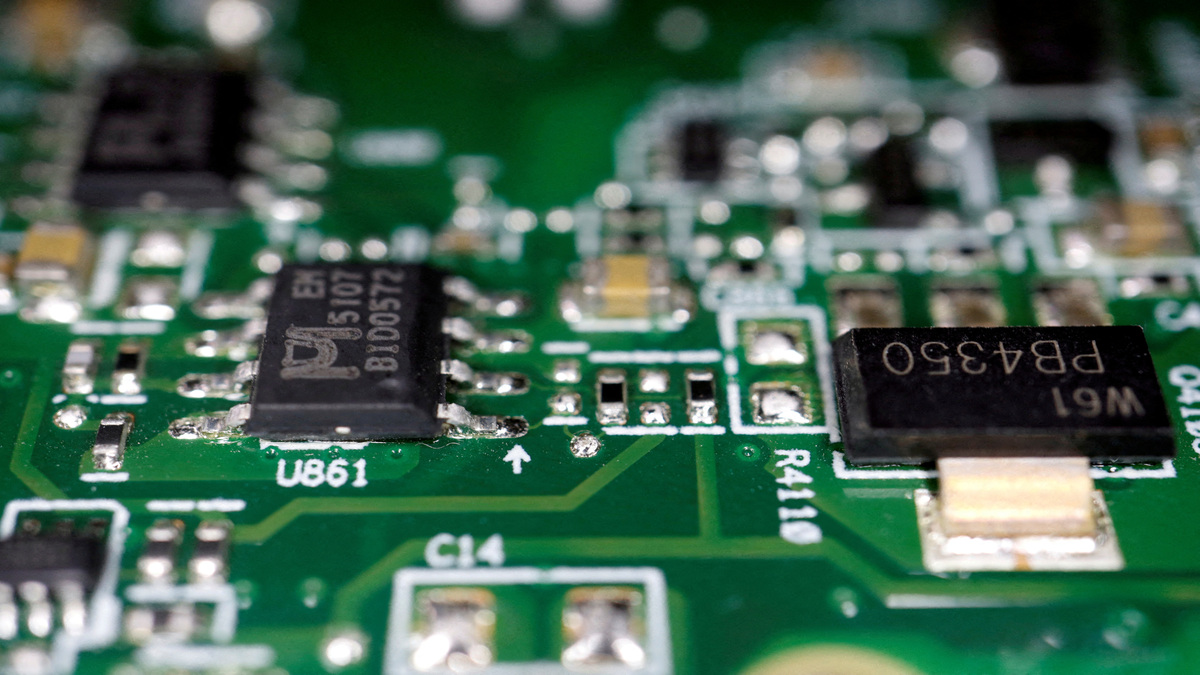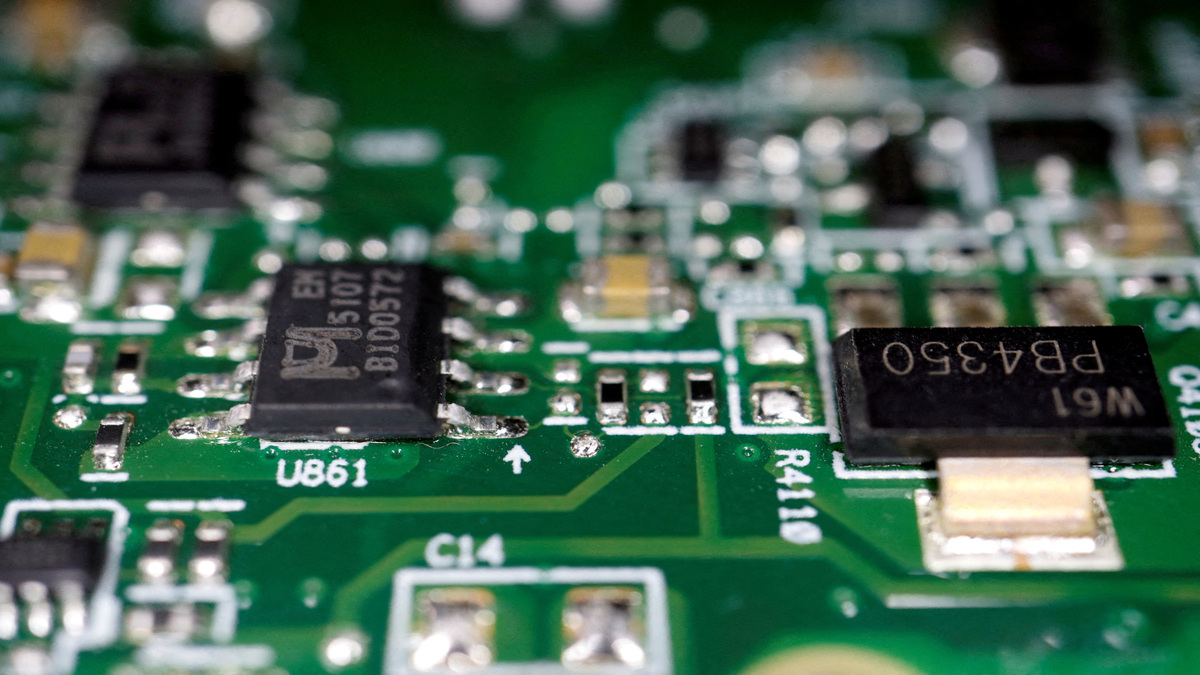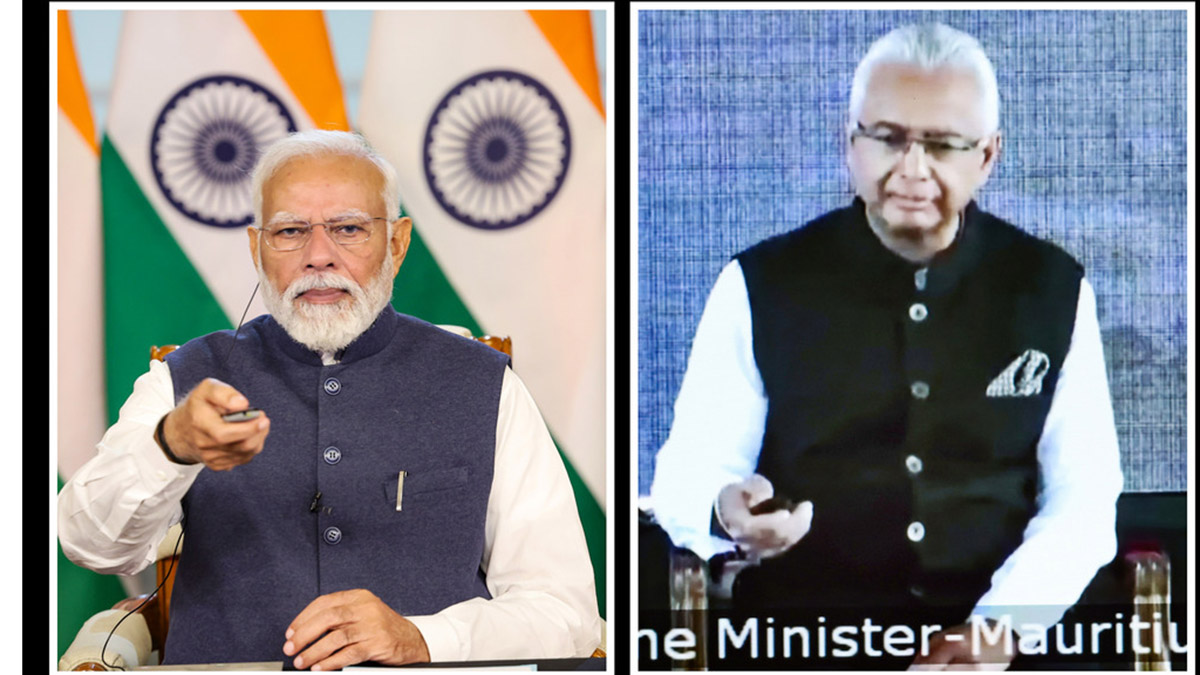A predictable slamfest has been triggered off by the report of Raju Ramachandran, senior Supreme Court advocate and a “friend of the court” in the cases relating to the 2002 Gujarat riots, which made it to the public domain late on Monday.
For victims of the riots and for critics of Gujarat Chief Minister Narendra Modi, the report has provided one more opportunity to pin the blame for the riots on him – either through direct complicity as alleged or through wilful interference in the police to prevent them from responding to the riots. Yet, a closer reading of the report shows that the case that it lines up against Modi rests on pretty infirm ground, and is weakened by an apparent logical inconsistency.
The most meaty portion of the amicus curiae report are those that relate to three aspects of the riots investigation:
The first was IPS officer Sanjiv Bhatt’s claim that he attended a meeting convened by Modi at his residence at 11 pm on 27 February 2002, at which, he alleged, Modi directed officials to allow Hindus to vent their anger against Muslims as retribution for the Godhra carnage. Bhatt’s allegation itself was made nine years after the riots, and the Special Investigation Team that probed the Gujarat riots dismissed his testimony since its investigations established that although a meeting was convened at Modi’s residence, Bhatt did not attend it.
The second was the allegation that two Ministers of the Gujarat government – IK Jadeja and Ashok Bhatt (who has since died) - were posted at the police headquarters and at the police control room ostensibly to monitor the law and order situation but were effectively interfering in the efforts of the police to restore law and order (in furtherance of the diktat, allegedly issued by Modi , that Hindus should be allowed to vent their anger).
The third relates to the role of two police officers – the then Ahmedabad Joint Commissioner of Police MK Tandon and the then Ahmedadab Deputy Commissioner of Police PB Gondia – who stood accused of leaving the riot-affected areas of Gulberg Society and Narora Patiya, when in fact they should have restored order.
Of these, the amicus curiae’s report itself dismisses the charge against the two Ministers. It records that “there is no material to show that the Ministers interfered with the functioning of the Police Department or gave any instructions to the senior police officers."
It notes that even Bhatt, who claimed to have been present in the Police headquarters at that time, said that Jadeja did not remain in the office of the DGP for long. “There is an absence of material to indicate that the statement of Shri Modi, allegedly made in the meeting on 27.02.2002, had been actively implemented by the Ministers or the 2 police officials who participated in the said meeting,” the amicus report noted.
What of the other two charges: the one against the two police officers, and the one against Modi?
The SIT had examined the role of the two police officers – Tandon and Gondia- and had concluded that while they may have been “negligent in their duties”, no criminal offence had been made out against them. But the amicus adds that “there are a number of factors which persuade me not to accept the SIT’s conclusions.”
Indicatively, the amicus report says, there was no compelling reason for Tandon to have left the Gulberg Society/Narora Patiya area in the absence of a bigger a more serious riot situation elsewhere in his jurisdiction at that time – and to have not rushed back to the area when he learnt that the situation was getting out of control. Similarly, it claims, there was no reason for Gondia to have left Narora Patiya at a time when the situation was turning “explosive”.
The Trial Court in the Gulberg Society case had ruled that it would not consider an application from victims asking that Tandon and Godia be summoned as accused, Yet, the amicus report notes: “I am not privy to the evidence led before the Trial Court which purportedly goes to show that there is criminal liability of the said police officers.”
Continues on the next page
It then asks the Supreme Court to direct the trial court to consider the application on the evidence that has been brought before it.
In other words, the amicus report wants the case against the two police officers to be reopened.
Which leaves the third – and most sensational charge- against Modi, in respect of what he did say (or did not say) at the meeting convened at his residence on the night of 27 February 2002. The charge leans pretty much on Bhatt’s allegation, and the SIT had dismissed his evidence as not believable. It cited other senior officers who were present at the meeting who said Bhatt was not present; it said that Bhatt’s statement was motivated – since he had many departmental and criminal proceedings against him; it also noted that Bhatt had tried to tutor witnesses (including his former driver Tarachand Yadav); and established, based on emails retrieved from Bhatt’s account, that he was part of a conspiracy involving Congress party leaders to tarnish Modi’s reputation.
The amicus report deals extensively with Bhatt’s testimony. It acknowledges that Bhatt’s testimony is problematic at several levels: in particular, it cites Bhatt’s delay of nine years in coming out with his version, and the statements of other senior officers (who too were present at the 27 February 2002 meeting) contesting Bhatt’s claim that he was present. The amicus also acknowledges he was “fully conscious” that Bhatt had made attempts to get other witnesses (including his former driver Tarachand Yadav) to support his case, and was part of a “strategizing” effort.
Yet, the report notes, “it is ultimately for the competent court to decide whether Bhatt is to be believed or not. As long as some material indicates that the allegation may be true, the case must proceed further in accordance with law.”
The amicus report says that although the SIT had disbelieved Bhatt’s testimony, the question of whether Bhatt was present at the meeting and whether Modi did say what he is alleged to ahe said could only be decided by a court of law. “It would not be correct to disbelieve the version of Bhatt, at this prima facie stage, on the various grounds set out by the SIT or because other participants in the meeting have denied (either categorically, or to the best of their memory) his presence and the alleged statement made by Modi.”
If in fact Bhatt “stands the test of cross-examination”, regardless of the fact that other witnesses have not supported his statement, a court of law may return a finding that Bhatt indeed was present at the meeting on 27 February 2002 ,and that Modi did make a statement as alleged.
Yet, even though Bhatt’s testimony about the meeting at Modi’s residence has not been established as believable - and the amicus wants further investigations to establish it - he goes one step further and says that the question to be examined is whether Modi’s “making of the statment” at the 27 February 2002 meeting is an offence under law.
“In my opinion, the offences which can be made out against Shri Modi, at this prima facie stage, are offences” under several sections of the Indian Penal Code.
This statement offers something of a legal conundrum: Only if Bhatt’s testimony is clearly established as true - and even the amicus says it needs further investigation to establish it - does the question of a prima facie case against Modi arise. Yet, the amicus appears to have jumped the gun.
There are also other contradictioins within the amicus report. It acknowledges elsewhere, for instance, Modi did take adequate steps to control the riots in Ahmedabad. “As far as the SIT’s conclusion with regard to the steps taken by the Chief Minister Shri Modi to control the riots in Ahmedabad is concerned, the same may be accepted, in the absence of any evidence to the contrary.”
It’s becoming clear that the legal case against Modi now rests on one infirm pillar: the testimony of Sanjiv Bhatt, which the SIT had concluded was not believable. The amicus report wants the magistrate court to have the last word on it. On the face of It, it is not an unreasonable request. The Supreme Court, which is monitoring the cases, had anyway ruled that the trial court would have the last word on the matter.
Yet, the political project to pin the blame for the riots on Modi will almost certainly be advanced by the amicus report. In large parts, it rests on keeping the issue of the Gujarat riots alive, to administer ‘death by a thousand cuts’ in the political space. And the outlier statement in the amicus report that there is a prima facie case against Modi will feed that project.


)




)
)
)
)
)
)
)
)